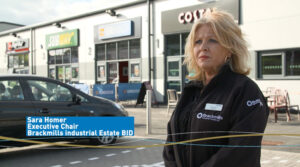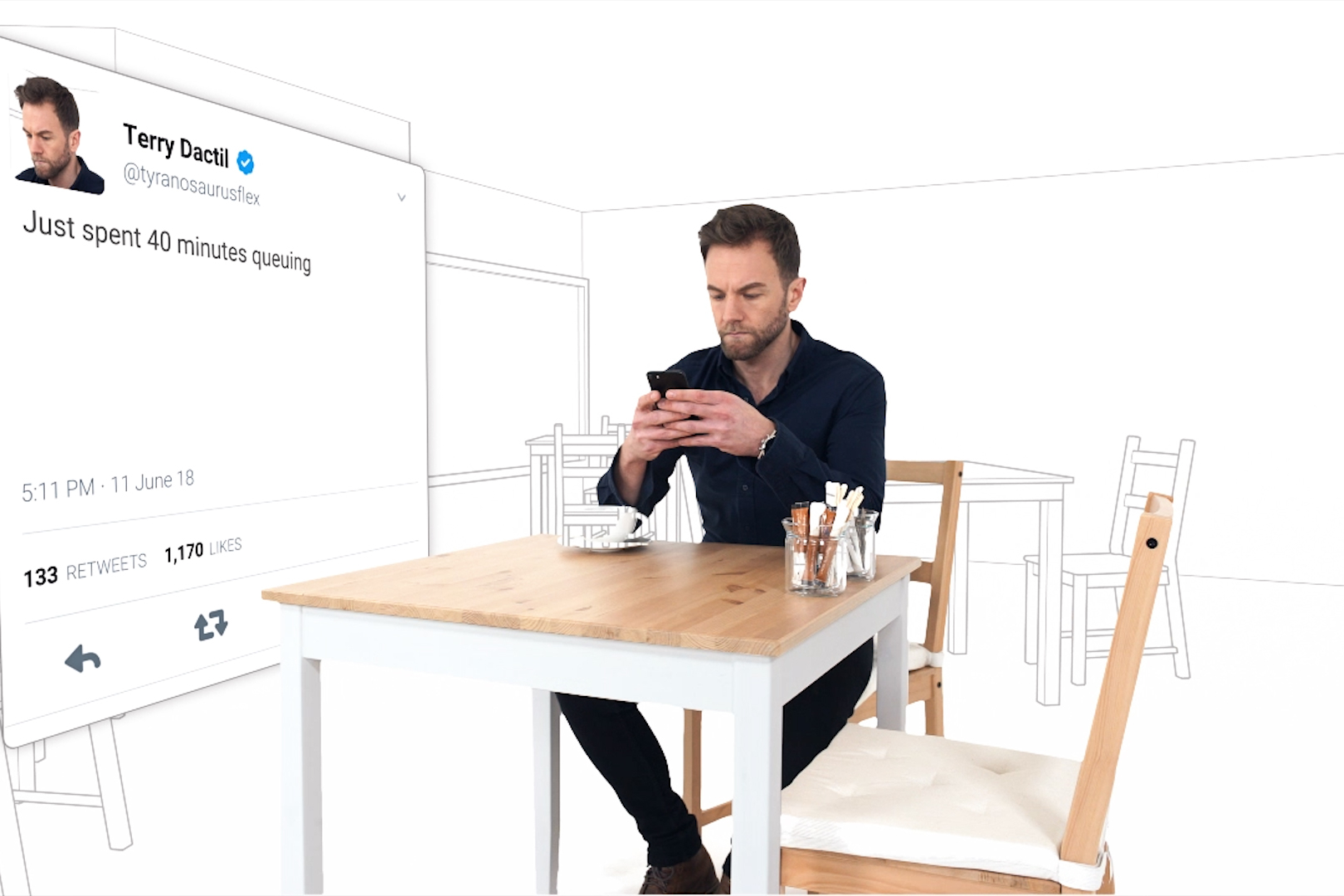Be prepared for a film day
Be prepared for a film day. You want a 2-minute testimonial or product explainer video and you’ve arranged the presenter, got sign-off on the script and agreed on a location but don’t actually know what happens during the shoot?
Here’s a rough guide to what you can expect and how to prepare.
Time to be prepared

The end product might only be 2 minutes (and that’s because people’s attention spans watching online videos can be short) but to get that 2 minutes will likely take an hour of actual filming, 2 hours of setup, an hour of breakdown and potentially a few interruptions along the way. So whilst you may not need to be there for the whole time, expect a camera crew to take a minimum of 4 hours and add an additional hour for each additional presentation you might be doing. If you can let the camera crew in early they’ll appreciate it.
Space
Both in terms of area for filming and for equipment, camera crews do not travel lightly. A 3-man crew are likely to bring 2 or 3 cameras, sliders, 4 or 5 heavy-duty tripods, big lights and a load of additional kit for them to do their job. It’s like the Kardashians arriving at Heathrow terminal 2. So space to unpack and store all their kit is highly useful (although they can be flexible, it just takes more time). Then you need the filming area. Your Director should be able to maximise the space available, but work with them to find a spot that is clean, has plenty of electrical sockets, is clear of clutter, as light as possible and… quiet. One of the biggest interruptions in filming is noise from other people walking, on phone calls or making their Double Frappuccino.
Clothing

This might all depend on the industry you’re in and the environment filming is taking place but a good rule of thumb is to ask anyone on camera not to wear thin stripes as it causes strange patterns called moire on cameras. Ideally, solid colours work best and ideally avoid green and bright white. It’s also worth having a change of clothes available (if possible) in case of spills, creases etc. And try to avoid logos or anything that could be considered offensive to others. Let your camera crew know if your presenter wears glasses in advance and a rough height, so they can position lights and tripods accordingly.
Audio
Your camera crew should provide the best options for your environment, occasionally this might be a boom mic held out of shot over the presenter or a directional mic on the camera itself but if the location is suitable they’ll use lapel mics. These attach to the speaker’s clothing close to their face to pick up the best audio. Attaching these is fairly straightforward but often an awkward moment as the battery pack usually clips onto their belt or pocket out of view and the mic itself should go inside clothing to keep wires hidden. More often than not, the presenter can do this themselves but on occasion be prepared to help or find an appropriate colleague that can help position the mic and maintain the speaker’s dignity and composure.
Autocue and retakes
Talking to camera comes more easily to some people than others and it’s not necessarily the normally confidant presenters that are naturals. Take time to make your presenter feel comfortable, explain what the video is for perhaps and who everyone is and preferably help them be prepared by providing the script in advance. Make them feel like everyone is on their side and critically, not rush. It’s likely if they’re reading from an autocue that they’ll trip over a word or two, maybe say a word that wasn’t in the script or run out of breath on a really long sentence. Depending on their experience they might panic over the slightest mistake and it’s everyone’s job on the shoot to assure them that a) everyone does it b) they might well make the same mistake a number of times (in these cases it’s often handy to skip that section and come back to it) and c) there’s no rush. Take a deep breath and try again.
It’s also quite likely that you’ll capture short sections at a time instead of the whole script. Maybe even capture different styles of presenting the same information. And, have someone tracking the script as the presenter narrates it to ensure they stick to the script or the change they may have made still makes sense.
Be prepared for B-roll

Often, additional footage of the surrounding area (b-roll) makes a video more engaging to watch. If you’re a manufacturer they might capture some of the products being built or meetings for service-based companies. For this either the same camera crew will need permission to explore the area after the presentation (and may need accompanying and safety gear) or an additional camera crew can capture these shots whilst the presentation is being filmed.
Every shoot is different but with these tips in mind you can Be prepared, make the most of everyone’s time and you and your presenters will have some knowledge of what to expect.
Want to get in touch?
Blog posts
How is Matterport different to 360° video?
October 4, 2023
What kind of video will work for you?
August 16, 2023



